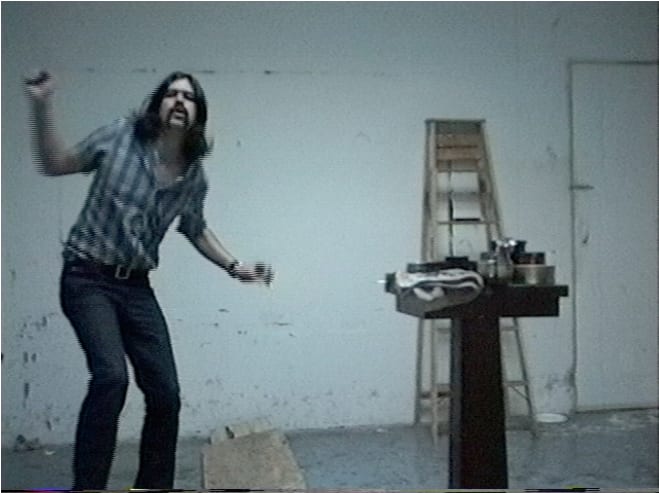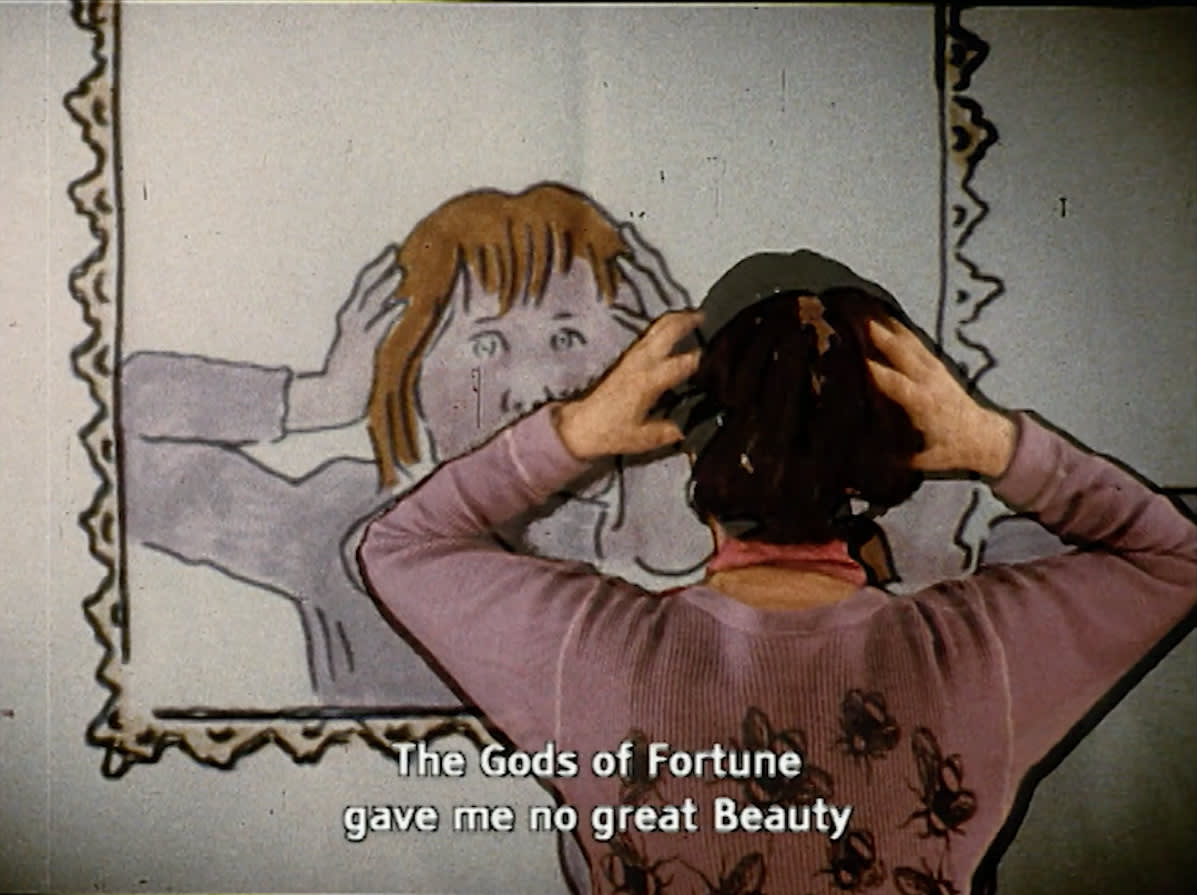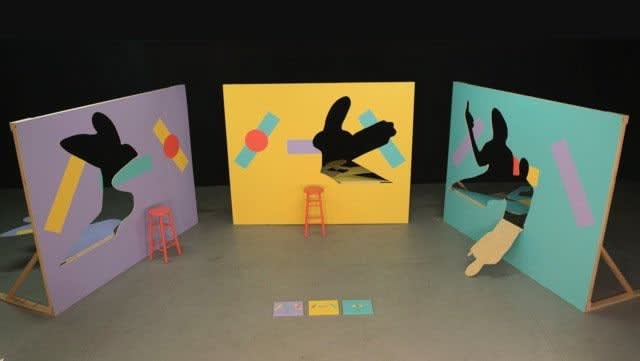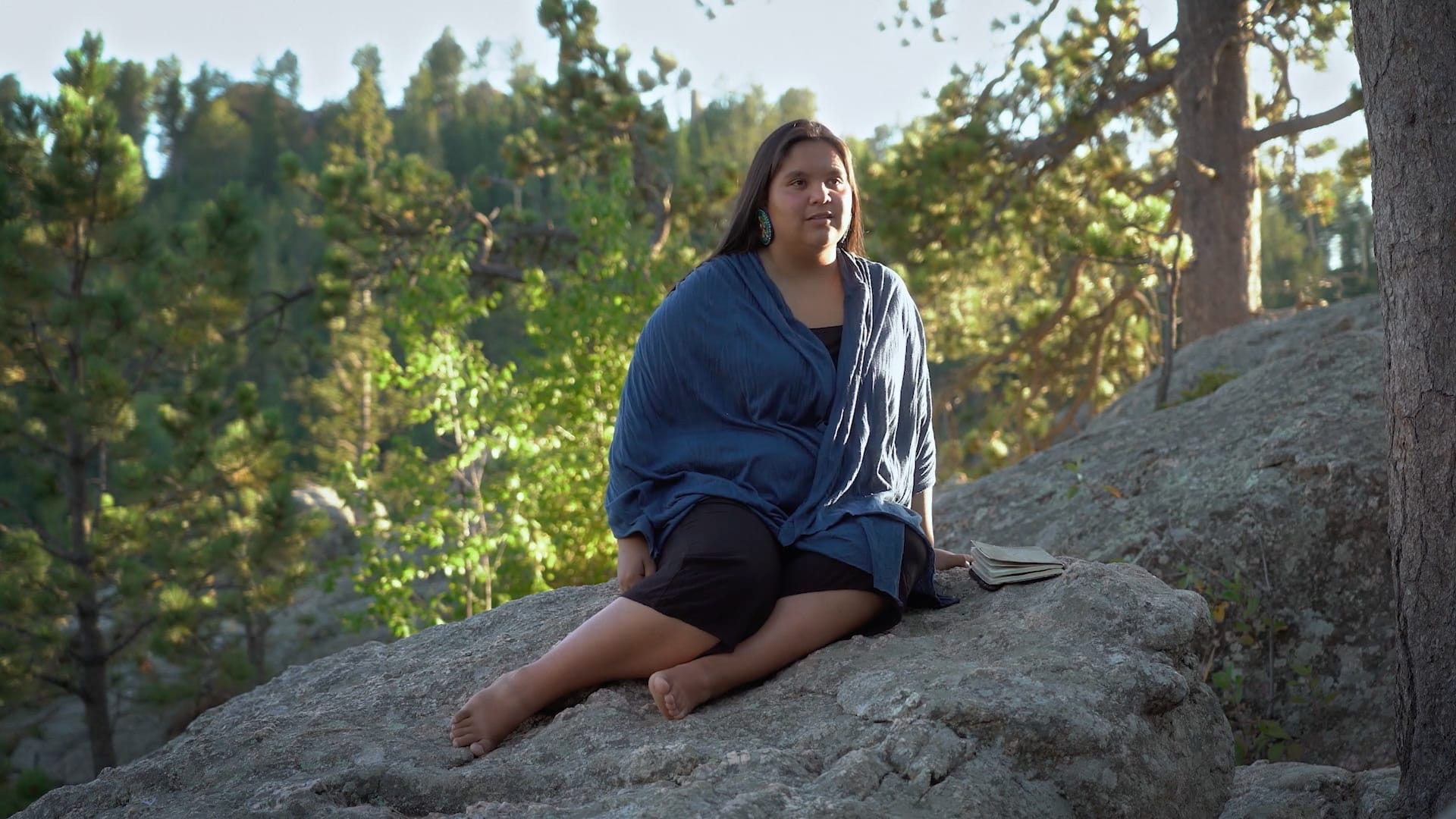RHIZOME 7/7 IRL
'A rhizome is characterized by ceaselessly established connections between semiotic chains, organizations of power, and circumstances relative to the arts, sciences, and social struggles.'
-Excerpt from A Thousand Plateaus by Gilles Deleuze and Félix Guattari
Capitain Petzel is pleased to present a film program based on the Rhizome 7/7 online exhibition — but this time, in real life (IRL). The Rhizome campaign which was launched throughout the months of April and May made use of the infinite connections between the artists in the gallery program to highlight on a weekly basis 7 works by 7 artists in contribution to a wider, relevant discourse.
Over the next weeks, a selection of films will be shown on loop in the lower exhibition space of the gallery. Some of the selected films touch on important historical and social themes, whilst others present themselves more as insightful portraits, at times humorous and at others raising existential
considerations across artistic positions.
Throughout her artistic practice Yael Bartana has dealt with the imagery of identity and the politics of memory. This work is inspired by the Jewish ritual of “Tashlich”, for which pockets and clothes are shaken out on the banks of rivers or the shores of lakes or oceans to ask for forgiveness of sins. Bartana extends this ritual of a symbolic disposal of objects for personal spiritual cleansing to a collective, historical (sub)conscious: soldiers’ coats, bibles, glasses or menorah stand for personal histories and social structures that have to be overcome in order to free oneself.
Sean Landers’ work spans a wide breadth of subjects, most coming from his own personal experience and stream of consciousness to ultimately raise existential themes and truths about contemporary society and humanity. He is known for using his experiences as public subject matter and for employing different styles and media in a performative manner. In both his paintings and his films, Landers uncovers the process of artistic creation through humor and confession, gravity and pathos. In his contribution to this exhibition, Dancing with Death, Landers dances to the rhythm of The Seventh Seal by Scott Walker to represent the endeavor of artists to leave behind something meaningful of themselves long after they are gone: all artists are dancing with death when they are alive. Though the film has at its core this deep signification, it remains refreshingly comical much like the further 20 plus films he produced from his studio in the 90s.
Though primarily celebrated as a painter, Maria Lassnig was also admirable in the realm of film, founding the feminist avant-garde group Women/Artist/Filmmakers, Inc. with other female artists working with moving image in the mid 70s. Across mediums, Lassnig’s work is irreverently honest and revealing, and so visionary that she has greatly influenced subsequent generations of artists. In Kantate, she tells us the story of her life in 14 verses, beginning with her birth and ending with her life as it was at the time of production in 1992. In the background, Lassnig’s verses are illustrated as animated drawings seeping with her irony, humor and wisdom.
"The world and the people in their comic-tragic confusion, prejudices, and superstitions gave me plenty of material, to point my finger at. Imperfection and pain can be overcome with humor. To write articles, dialogues, and songs as a painter was a big adventure, but it also awakened my conscience and a feeling of responsibility, if not before the film then in any case afterwards." –Maria Lassnig
Sarah Morris’ Mimosa Tank is a result of her friendship and dialogue with the German theorist, writer and filmmaker Alexander Kluge. Made in collaboration with him, the film began with the pair’s interest in Fritz Lang’s story told in Beverly Hills in 1964 regarding his invitation by Propaganda Minister Joseph Goebbels to become the head of German film studio UFA. The film explores Lang’s possible co-optation and ultimate refusal of the offer. Mimosa Tank, a homage to Fritz Lang, plays with both the director’s story and the silent film. Morris’ The Tiger of Eshnapur on view in the upstairs cabinet of the gallery similarly serves as an ode to Lang, relating directly to the poster of his eponymous 1959 film, as does her painting Metropolis — a nod to Lang’s 1927 sci-fi epic.
Pieter Schoolwerth and Alexandra Lerman’s contribution, The Casting Agent, is a live action film initially from the exhibition Model as Painting, which was presented in two iterations at Capitain Petzel, Berlin, and Miguel Abreu Gallery, New York in 2017. The film plays a central role in the installation of the various works in the show. It functions as an allegory for the pictorial processes implicit in the paintings, where one of the characters plays a ‘casting agent,’ a stand-in for the artist, while the other plays a ‘model,’ who, while being photographed, casts shadows that create openings in the flat sets behind that allow the characters to transgress the screen and puncture the two-dimensional picture plane. The narrative begins by presenting one young, small figure, who communicates with a second older, larger figure via a mobile device. The two figures scheme to produce, perform, and ultimately inhabit a series of “shadow bodies”. Considering the idea that perhaps there only ever was one figure to begin with, who performs a second virtual double in the shadow world, the video in the most mundane sense could be said to depict the transformation of a single figure (and body) in the world.
The medium of film is also perhaps slightly less well-known in the practice of Amy Sillman, yet much like her paintings her endeavor in it operates enchantingly at the juncture between the abstract and the figurative. The dynamic gestures in After Metamorphoses convey a sense of movement and flux, while playfully engaging with form, color, shape and layers to yield unexpected results. The film depicts an endlessly morphing line, which loosely follows the Latin narrative poem Metamorphoses by Roman poet Ovid and plays atop a backdrop of process-based inks-on-paper. The soundtrack featured is by the Berlin-based musician Wibke Tiarks.
For Andrea Bowers, political engagement and artistic expression are inseparable. Her work frequently highlights narratives of resistance and rebellion, a prime example being her featured film My Name Means Future, which focuses on youth activists involved in the movement to stop the Dakota Access Pipeline in South Dakota, which runs through sacred Native American land. Over a four-day period, Bowers traveled with the activists to sacred places in South Dakota, documenting the landscapes and histories of these sites, and the personal as well as political issues that arise around them. One activist is the particular focus of the documentary, a member of the Standing Rock Sioux tribe named Tokato Iron Eyes, whose first name means Future in the Lakota language.
-
 Yael BartanaTashlikh (Cast Off), 2017One channel video and sound installation, 16:911:05 min.Edition of 6 + 2 AP
Yael BartanaTashlikh (Cast Off), 2017One channel video and sound installation, 16:911:05 min.Edition of 6 + 2 AP -
 Sean LandersDancing with Death, 1995Single channel video05:46 min.Edition 4/10, 2 AP
Sean LandersDancing with Death, 1995Single channel video05:46 min.Edition 4/10, 2 AP -
 Maria Lassnig and Hubert SieleckiMaria Lassnig Kantate (The Ballad of Maria Lassnig), 19921:1,66, Single channel video
Maria Lassnig and Hubert SieleckiMaria Lassnig Kantate (The Ballad of Maria Lassnig), 19921:1,66, Single channel video
Music by Hubert Sielecki
Animation & performance by Maria Lassnig
08:00 min. -
 Sarah Morris & Alexander KlugeMimosa Tank: A Prologue for a Film, 201716:9, HD video35:32 min.Edition 1/3
Sarah Morris & Alexander KlugeMimosa Tank: A Prologue for a Film, 201716:9, HD video35:32 min.Edition 1/3 -
 Pieter SchoolwerthThe Casting Agent, 2017Created with Alexandra Lerman, direction, camera and editing by Alexandra Lerman, performance by Patrick Sarmiento and Pieter Schoolwerth, Music by Soren Roi
Pieter SchoolwerthThe Casting Agent, 2017Created with Alexandra Lerman, direction, camera and editing by Alexandra Lerman, performance by Patrick Sarmiento and Pieter Schoolwerth, Music by Soren Roi
4k video06:30 min. loopEdition of 6 -
 Amy SillmanAfter Metamorphoses, 2015-16Single-channel video, 5:23 min looped, color, sound
Amy SillmanAfter Metamorphoses, 2015-16Single-channel video, 5:23 min looped, color, sound
Music by Wibke Tiarks -
 Andrea BowersMy Name Means Future, 2020Single-channel HD video with color and sound51:06 minEdition of 5 + 2 AP
Andrea BowersMy Name Means Future, 2020Single-channel HD video with color and sound51:06 minEdition of 5 + 2 AP













